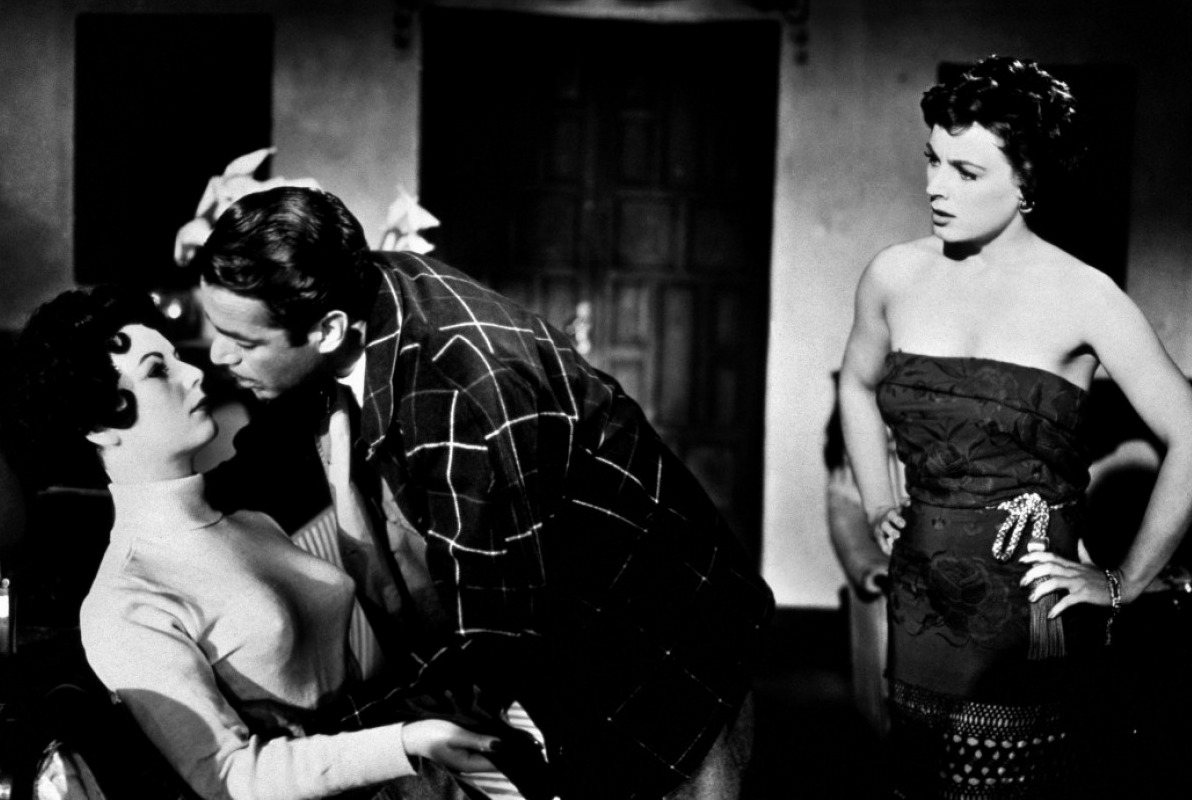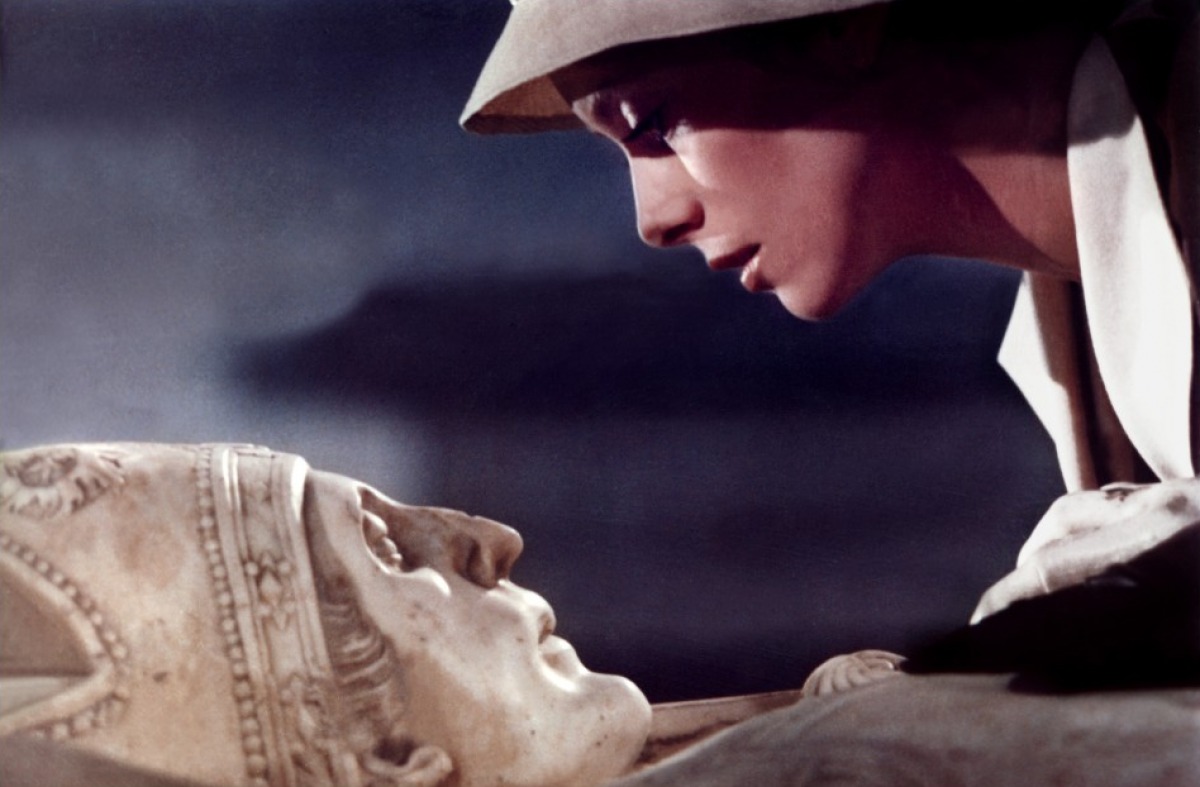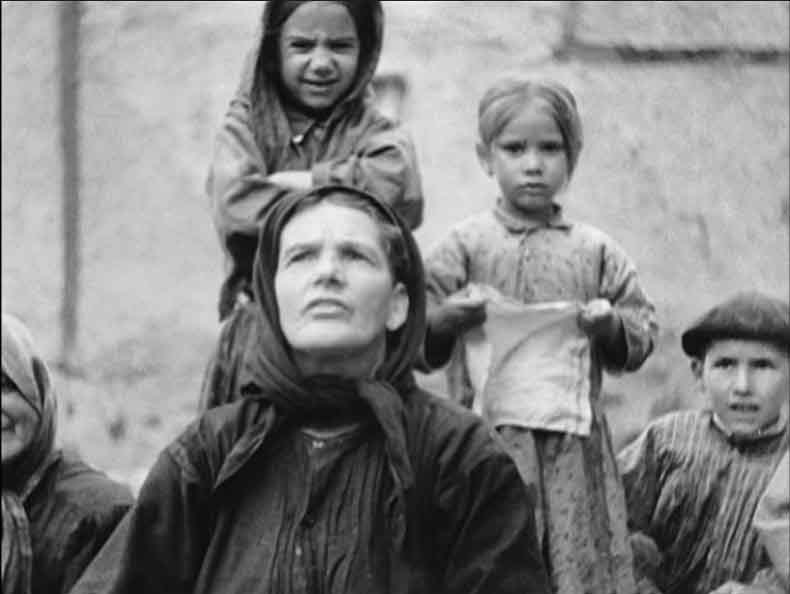14. Ensayo de un crimen (1955)
Archibaldo de la Cruz (Ernesto Alonso) is an unstable man who, since the death of his nanny, has had an obsession with murder. His fantasies never materialize, even though his imagined victims end up dying at the hands of another.
Ensayo de un crimen (The Criminal Life of Archibaldo de la Cruz) is a manifestation of Buñuel’s absurdist humor and macabre characters. The central character (like most of Buñuel’s characters) is obsessed with a desire that is never fulfilled. The result of this squandered desire leads to the psychological effects of fetishization (feet, razors, etc) and obsession that, much like El, create an intriguing portrait of male neuroses.
13. L’Age d’or (1930)
L’Age d’or (The Golden Age) uses a loose narrative structure to tell the story of two lovers who attempt to consummate their relationship. It is a film that openly embraces Freudian psychology, while also playing with generic conventions/expectations.
The film generated much controversy due to its depictions of religious hypocrisy (Jesus participating in the orgy from The 120 Days of Sodom) and overt sexuality (a woman sucking on the toe of a statue), leading angry spectators to throw ink at the screen. L’Age d’or was even banned in some countries.
12. Tristana (1970)
Don Lope (Fernando Rey) is the warden of the orphaned Tristana (Catherine Deneuve). He carefully watches over her upbringing, while also playing a part in her blossoming sexuality. As Tristana grows up and tries to distance herself from Don Lupe, she must return to his clutches when an illness results in the amputation of her leg.
The film bears Buñuel’s signature psychosexual traits (including a hobbling Tristana exposing herself to a gardener) as well as some provocative imagery (Don Lope’s severed head inside a bell). Tristana also marks Buñuel’s (much less controversial) second return to Spain, and the film represented the country for Best Foreign Language Film at the Academy Awards (ultimately losing).
11. Las Hurdes: Tierra sin pan (1933)
Las Hurdes: Tierra sin pan (Land without Bread) focuses on the Spanish people from the mountainous region of Las Hurdes. Some scholars consider Las Hurdes to be a documentary, but the film is more parodic than serious.
It plays with generic conventions, creating a portrait of a “backwards” civilization that is lost in time. At one point, Buñuel even transgresses the limits of a faithful documentarian by shooting a goat off a mountain, disguising the scene as “proof” that the mountainous terrain is dangerous.
10. Simón del desierto (1965)
Simon (Claudio Brook) proves his devotion to God by sitting atop a pillar for six years, six weeks, and six days. When he moves to a different pillar, the Devil (Silvia Pinal) pursues him and intends to coax the zealot away from eternal salvation.
The film was originally intended to be a part of an anthology (Federico Fellini and Jules Dassin were originally tapped to create vignettes, but plans fell through due to the producer’s demands). Simon del desierto (Simon of the Desert) is uncompromising in its critique of religious devotion, even going as far as showing masses of followers growing disinterested Simon’s miracles. Buñuel crafts some truly surreal images of the Devil, and ends the film with an anachronistic scene involving contemporary rock music.
9. Le fantôme de la liberté (1974)
Beginning with a female narrator recounting the French occupation in Spain, and ending with the POV of an ostrich, Le fantôme de la liberté (The Phantom of Liberty) creates provocative vignettes that are tangentially related through chance encounters of the characters.
This is one of Buñuel’s most explosive uses of esperpento, creating a surreal game of Freudian psychology, squandered desires, and absurd situations (including a dinner party in which the guests publicly defecate at the table and privately eat their food in the bathroom). Jean-Claude Carrière has also remarked that the film contains one of Buñuel’s favorite stories: a young girl is presumed lost, even though she is standing next to her mother.
8. Cet obscure objet du désir (1977)
Mathieu (Fernando Rey) travels on a train from Seville to Paris. He strikes up a conversation with some passengers and tells them about the object of his affection: Conchita (Carole Bouquet and Angela Molina). Mathieu recounts how his attempts at seducing Conchita were thwarted by empty promises, chastity belts, and terrorist organizations.
One of the most striking elements of the film is its use of two actresses (which some spectators don’t even notice until someone else points it out to them). Each woman embodies specific traits of Conchita (Bouquet represents Conchita’s French side, including her frigid demeanor and her relationship to terrorist groups, while Molina represents Conchita’s Spanish sensibility, including her fiery sexuality and her penchant for flamenco dancing). Buñuel ends his career with a bang (literally ending the film with an explosion).






